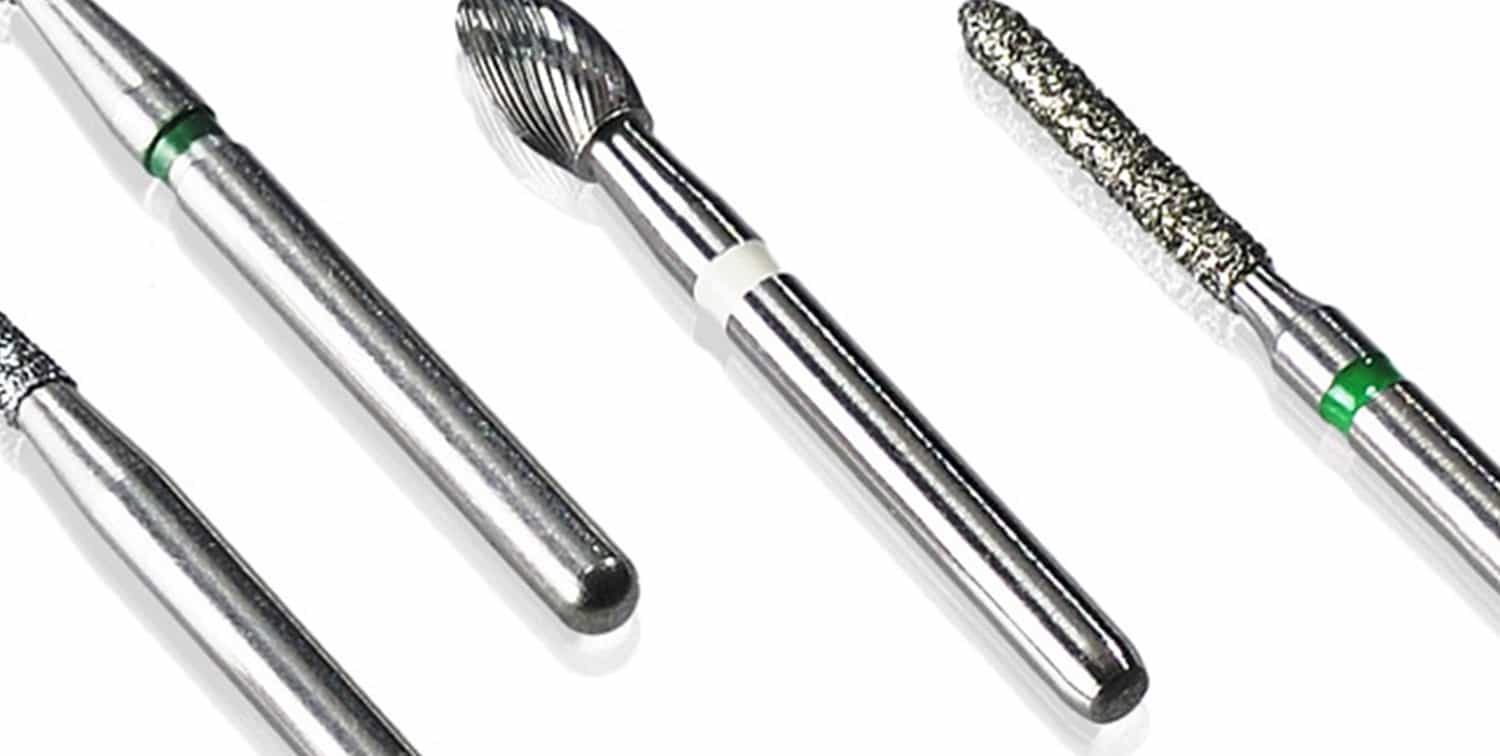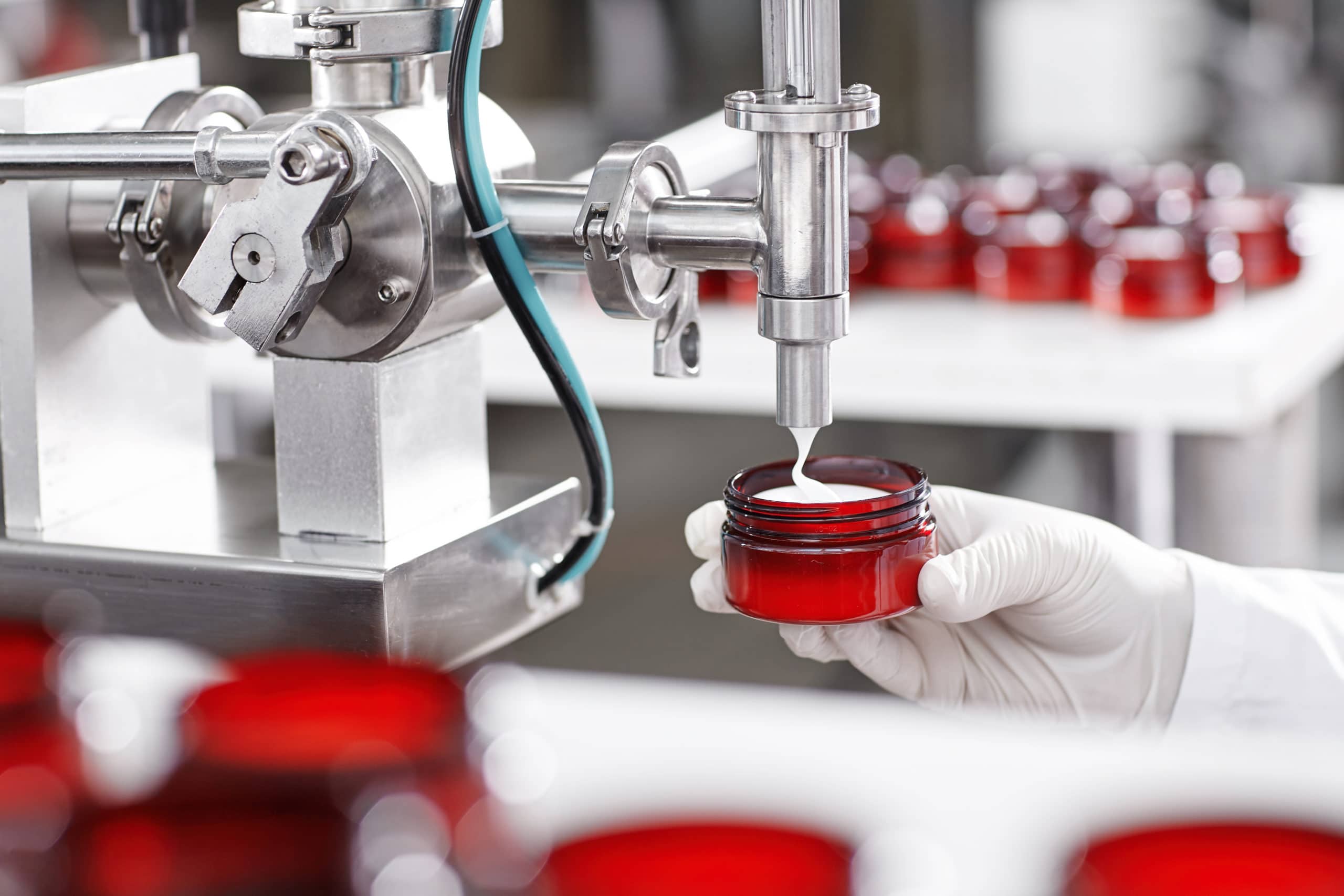what is phosphating?
Phosphating is a chemical method of surface treatment in which a metallic surface reacts with an aqueous phosphate solution. This creates a hardly soluble conversion layer made of metal phosphates. For this purpose, the material is first cleaned with acid and then the phosphate layer is formed.
the process
Phosphating is a chemical/electro-chemical process in which thin, fine-crystalline and water insoluble phosphates are generated on metal surfaces from phosphoric acid solutions in a dipping or spraying procedure.
As they are the result of a chemical reaction with the base metal, the pale or dark grey colored metal phosphate layers are securely anchored in the metal surface and include many cavities and capillaries. This characteristic gives the phosphate layers an optimum absorption capacity for oils, waxes, color pigments and lacquers, so they have proven their value as corrosion protection and as an adhesive substrate for paint and varnishes. A further characteristic of the phosphate layer is its ability to dissipate friction forces (as generated in deformation, drawing or sliding processes). So, in addition to an improvement of the surface quality of the pieces treated, the processing speed can be considerably increased with prolonged service life of the tools.
A distinction is made between layer-forming and non-layer-forming phosphating. In the latter, the metal cations that form the layer come only from the base material itself and not from the solution. In the layer-forming phosphating variant, these cations come from the phosphate solution.
characteristics of phosphating include:
- Pale to dark grey manganese, zinc or zinc/calcium phosphate layer consisting of secondary and tertiary manganese, zinc or zinc/calcium phosphates.
- Securely anchored on the base metal
- Fine-crystalline to coarse-crystalline appearance (according to process)
- The additional layer (3–20 micrometers) – must be taken into account for fitting parts.
- Thanks to the existence of many capillaries in the layer, corrosion protection oils and lacquers are very well absorbed, providing very good corrosion protection.
- Phosphate layers are electrically non-conductive, i.e. their insulating resistance is relatively high.
- Damaged layers are hardly penetrated by rust.
fields of application
Phosphating is used particularly for components made of steel and iron. Elements made of zinc or other non-ferrous metals can also be phosphated. The areas of application of this process are corrosion protection, reduction of wear, adhesion promotion and electrical insulation. Since the phosphate layer produced adheres very well, it is often used as a substrate for coatings.
groundbreaking industries we serve
process locations
Any questions? Contact us directly or select a process location near you.
Gaildorf
Germany 49.01621959.7588191 info.gaildorf@aalberts-st.com +49 7971 96980 show locationUnsere Verfahren
Wir bieten weltweit alle Arten von Wärmebehandlungsprozessen an. Unsere Anlagen sind logistisch eng miteinander verknüpft, so dass Ihnen alle Verfahren zur Verfügung stehen. Erfahren Sie mehr zu unseren Wärmebehandlungsverfahren.
Heiß-Isostatisches Pressen (HIP) dient der Beseitigung von Porosität. Sie benötigen bei Lötverbindungen eine hohe mechanische Haltbarkeit und Unempfindlichkeit bei hohen Temperaturen? Wir bei Aalberts surface technologies bieten die Lösung durch Hartlöten (brazing).
Polymerbeschichtungen können auf viele Grundmaterialien aufgebracht werden und bieten lang anhaltenden Schutz. Sie sind mechanisch besonders gut mit dem Untergrund verankert und bieten verbesserte Gleiteigenschaften und/oder hohe Verschleißfestigkeit.
Mit 40 Jahren Erfahrung in der kontinuierlichen Veredelung von reel to reel können Sie sich auf Aalberts surface technologies verlassen, um innovative Lösungen zu finden. Unser Service umfasst Trommelgalvanik, kontinuierliche selektive Galvanik und Gestellgalvanik.
Fast alle metallischen Grundwerkstoffe können mit unseren selbstentwickelten und patentierten Verfahren durch Oberflächenbeschichtungen in ihren Eigenschaften optimiert werden, egal ob sie besonders hart, glatt, verschleißfest oder korrosionsbeständig sein sollen.

Discover our services
We offer all types of heat treatment processes. Our facilities are closely interlinked in terms of logistics, which means that all processes are available to you. For a complete list and description of heat treatment technologies please select the button.
Hot isostatic pressing (HIP) is used to eliminate porosity. Do you need high mechanical durability and insensitivity to high temperatures for solder joints? We at Aalberts surface technologies offer the solution through brazing.
Polymer coatings can be applied to a wide variety of base materials and offer long-lasting protection. They are particularly well anchored mechanically to the substrate. Additional enhancement layers allow non-stick coatings to be combined with improved sliding properties and/or high wear resistance.
With 40 years of experience in continuous reel to reel finishing, you can depend on Aalberts surface technologies to find innovative solutions that other companies might say are impossible. Our service includes barrel plating, continuous selective plating and rack plating.
Almost all metallic base materials can have their properties optimised by surface coatings using our proprietary and patented processes, regardless of whether they should be particularly hard, smooth, wear-resistant or corrosion-resistant.

The Aalberts websites use cookies (read more) to analyse website usage and improve usability. We also use third party tracking-cookies to measure user preferences, enable content sharing on social media and interest-based advertising. If you hit 'accept' you allow to us to place the different types of cookies.
privacy overview
| Cookie | Duration | Description |
|---|---|---|
| cookielawinfo-checkbox-analytics | 1 year | This cookies is set by GDPR Cookie Consent WordPress Plugin. The cookie is used to remember the user consent for the cookies under the category "Analytics". |
| cookielawinfo-checkbox-necessary | 1 year | This cookie is set by GDPR Cookie Consent plugin. The cookies is used to store the user consent for the cookies in the category "Necessary". |
| cookielawinfo-checkbox-others | 1 year | This cookie is set by GDPR Cookie Consent plugin. The cookie is used to store the user consent for the cookies in the category "Others". |
| cookielawinfo-checkbox-performance | 1 year | This cookie is set by GDPR Cookie Consent plugin. The cookie is used to store the user consent for the cookies in the category "Performance". |
| elementor | never | This cookie is used by the website's WordPress theme. It allows the website owner to implement or change the website's content in real-time. |
| Cookie | Duration | Description |
|---|---|---|
| cookielawinfo-checkbox-functional | 1 year | The cookie is set by GDPR cookie consent to record the user consent for the cookies in the category "Functional". |



